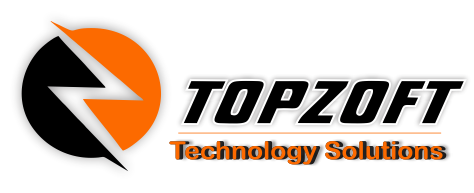Introduction:
In today’s digital landscape, content has emerged as the cornerstone of successful marketing strategies, offering businesses a powerful way to attract, engage, and convert audiences. However, to achieve meaningful results, businesses must develop a strategic approach to content creation and distribution. In this guide, we’ll explore the essential components of building an effective content marketing strategy that drives engagement, builds brand awareness, and generates measurable results.

1. Define Your Objectives and Audience:
The first step in building a successful content marketing strategy is to clearly define your objectives and identify your target audience. Determine what you aim to achieve with your content marketing efforts, whether it’s increasing brand awareness, driving website traffic, generating leads, or nurturing customer relationships. Additionally, understand your target audience’s demographics, interests, pain points, and preferences to tailor your content to resonate with their needs and motivations effectively.
2. Conduct Comprehensive Research:
Conduct thorough research to gain insights into your industry landscape, competitors, and audience preferences. Analyze competitor content strategies, identify content gaps and opportunities, and explore trending topics and keywords relevant to your target audience. Leverage tools such as keyword research tools, social listening platforms, and industry reports to inform your content strategy and ensure that your content is relevant, valuable, and competitive in the market.
3. Develop a Content Calendar and Plan:
Create a content calendar and plan to organize your content creation and distribution efforts effectively. Outline a content calendar that includes key dates, themes, topics, and formats for your content, ensuring a consistent and cohesive approach to content production. Determine the frequency and timing of your content publication schedule based on audience preferences and engagement metrics. Additionally, allocate resources and responsibilities to team members or collaborators to ensure timely execution and delivery of content.
4. Create Valuable and Relevant Content:
Focus on creating content that provides value to your audience and addresses their needs, interests, and pain points. Develop high-quality, informative, and engaging content that educates, entertains, or inspires your audience, positioning your brand as a trusted resource and thought leader in your industry. Experiment with different content formats such as blog posts, videos, infographics, podcasts, or interactive content to cater to diverse audience preferences and consumption habits.
5. Optimize for Search and Distribution:
Optimize your content for search engines and distribution channels to maximize its visibility and reach. Incorporate relevant keywords, meta tags, and descriptive titles and descriptions to improve your content’s discoverability and search engine rankings. Additionally, leverage social media, email marketing, influencer partnerships, and other distribution channels to amplify your content’s reach and engage with your target audience across multiple touchpoints. Monitor performance metrics and adjust your distribution strategy based on audience engagement and feedback.
6. Measure and Analyze Performance:
Track and measure the performance of your content marketing efforts using key performance indicators (KPIs) and analytics tools. Monitor metrics such as website traffic, engagement rates, conversion rates, and return on investment (ROI) to evaluate the effectiveness of your content in achieving your objectives. Analyze audience behavior, content performance, and conversion funnels to identify areas for optimization and refinement. Use data-driven insights to iteratively improve your content marketing strategy and achieve better results over time.
Conclusion:
Building an effective content marketing strategy requires careful planning, execution, and optimization to drive meaningful results for your business. By defining clear objectives, conducting comprehensive research, developing a content calendar, creating valuable content, optimizing for search and distribution, and measuring performance, you can build a strategic and impactful content marketing strategy that resonates with your audience, builds brand authority, and drives business growth.
As you embark on your content marketing journey, remember to stay agile, adaptable, and customer-centric, continuously refining your strategy based on audience feedback and market insights. By prioritizing quality, relevance, and value in your content, you can build trust, foster engagement, and achieve long-term success in your content marketing endeavors.



